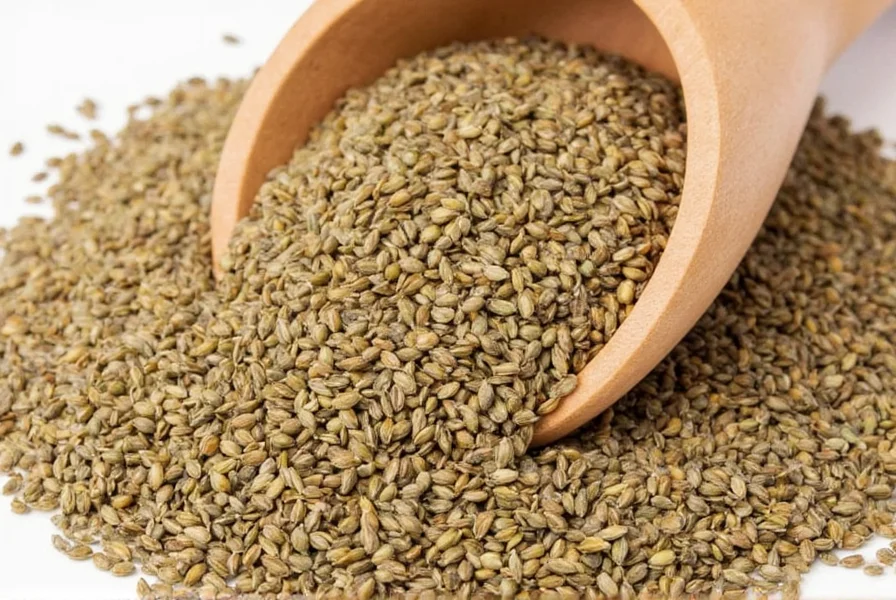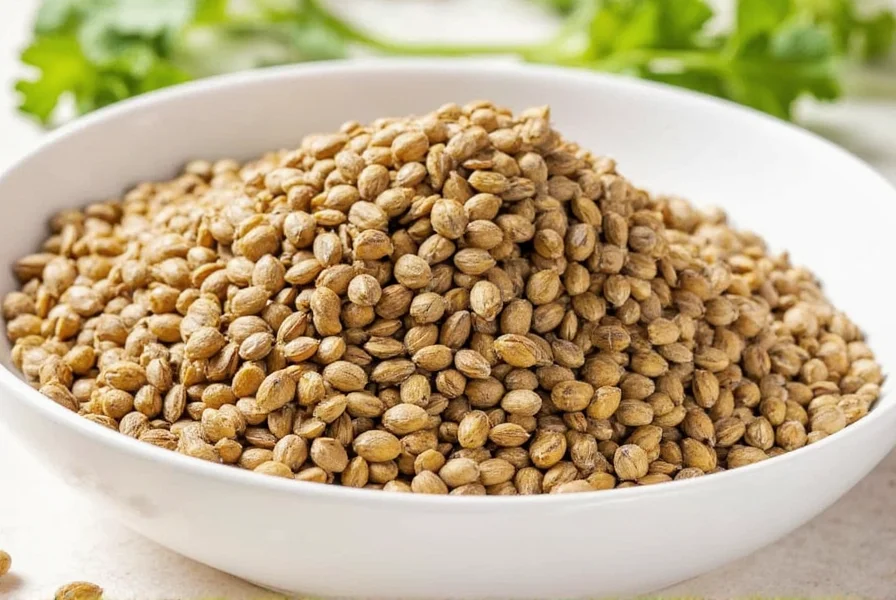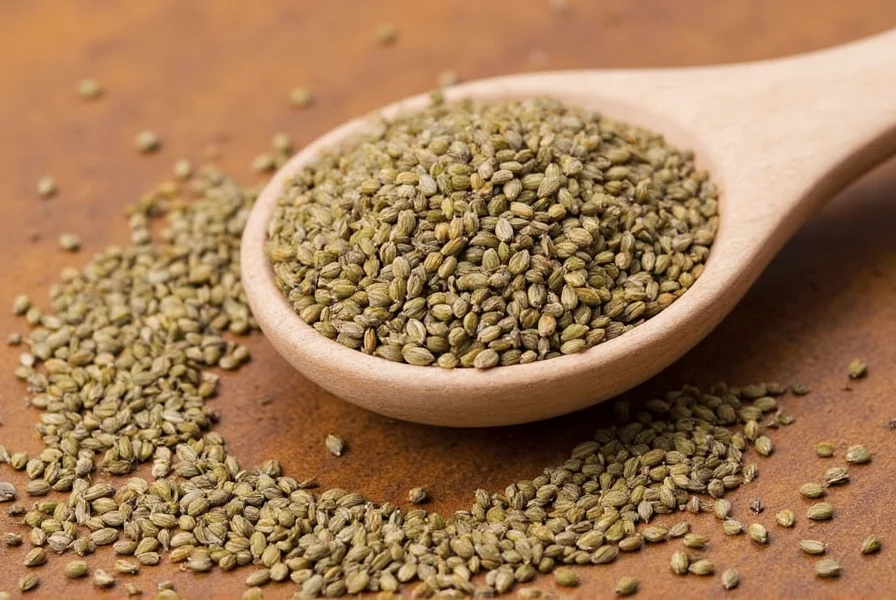Often confused with cilantro (which comes from the same plant), coriander seeds represent the mature fruit stage of Coriandrum sativum, while cilantro refers to the fresh leaves. This botanical distinction explains why their flavors differ significantly despite originating from the same plant species.
Understanding Coriander Seeds: Botanical Background
Coriander (Coriandrum sativum) is an annual herb that produces both the fresh leaves known as cilantro and the dried seeds we call coriander seeds. The seeds develop after the plant flowers, forming small spherical fruits approximately 3-5mm in diameter. When ripe, these fruits dry and become the spice we commonly use in cooking.
Harvested when the plant turns brown and the seeds become hard, coriander seeds have a distinctive ribbed surface and range in color from pale yellow to rich tan. Their unique flavor profile combines earthy, citrusy, and slightly sweet notes that intensify when toasted.

Culinary Applications of Coriander Seeds
Chefs and home cooks value coriander seeds for their versatility across global cuisines. In Indian cooking, they're essential in curry blends and pickling spices. Middle Eastern recipes frequently incorporate them into spice mixes like za'atari. European traditions use them in sausages, breads, and pickled vegetables.
For maximum flavor impact, many culinary experts recommend toasting whole coriander seeds before grinding. This simple technique releases their essential oils, enhancing both aroma and taste. Ground coriander loses potency faster than whole seeds, so grinding them fresh provides superior results when preparing dishes that ask for what are coriander seeds used for in authentic recipes.
| Form | Shelf Life | Best Uses |
|---|---|---|
| Whole seeds | 1-2 years | Toasting, pickling, slow-cooked dishes |
| Ground coriander | 6-12 months | Rub mixes, quick sauces, baking |
Nutritional Profile and Potential Health Benefits
Research into coriander seeds nutritional value reveals they contain dietary fiber, manganese, iron, and magnesium. A single tablespoon (7g) provides approximately:
- 36 calories
- 2.8g dietary fiber (10% of daily value)
- 18% of the daily manganese requirement
- 6% of daily iron needs
Traditional medicine systems have long utilized coriander seeds for digestive support. Modern research suggests potential benefits for blood sugar regulation and cholesterol management, though more studies are needed to confirm these effects. When exploring health benefits of coriander seeds, it's important to note that most research uses concentrated extracts rather than culinary amounts.
Storage and Preparation Tips
To preserve freshness, store whole coriander seeds in an airtight container away from light and heat. Properly stored, they maintain optimal flavor for 1-2 years. Ground coriander loses potency more quickly, typically within 6-12 months.
When a recipe calls for how to use coriander seeds in cooking, consider these techniques:
- Dry toast in a skillet over medium heat for 1-2 minutes until fragrant
- Grind with other spices using a mortar and pestle or spice grinder
- Add whole seeds early in cooking processes for soups and stews
- Crush lightly for pickling brines to release flavor without creating sediment
Substitutes and Common Confusions
The difference between coriander seeds and cilantro causes frequent confusion. While both come from Coriandrum sativum, the seeds have a warm, citrusy flavor while the leaves offer a bright, sometimes polarizing taste that some describe as soapy.
If you need a substitute for coriander seeds, consider:
- Cumin (for earthy notes, though stronger)
- Fennel seeds (for similar texture with sweeter profile)
- Caraway (use sparingly as flavor is more intense)
Remember that cilantro leaves cannot substitute for coriander seeds in recipes due to their dramatically different flavor profiles and moisture content.

Frequently Asked Questions
Are coriander seeds the same as cilantro?
No, coriander seeds and cilantro come from the same plant (Coriandrum sativum) but represent different parts. Coriander seeds are the dried fruit of the plant, while cilantro refers to the fresh leaves. They have distinctly different flavor profiles and culinary uses.
Can I eat coriander seeds raw?
Yes, coriander seeds are safe to eat raw, though toasting them before consumption enhances their flavor by releasing essential oils. Raw seeds have a more subtle citrus note compared to their toasted counterpart.
What's the difference between coriander and coriander seed?
In American English, "coriander" typically refers to the seeds, while the leaves are called cilantro. In British English and many other regions, "coriander" refers to both the seeds and the entire plant, including leaves. The term "coriander seed" specifically denotes the dried fruit of the plant.
How do I grind coriander seeds effectively?
For best results, toast whole coriander seeds first until fragrant, then cool slightly before grinding. Use a dedicated spice grinder, mortar and pestle, or coffee grinder reserved for spices. Grinding small batches ensures a consistent powder without overheating the spices.
Are there any side effects of consuming coriander seeds?
Coriander seeds are generally safe when consumed in culinary amounts. However, some people may experience allergic reactions. Those taking diabetes medication should consult their doctor, as coriander may lower blood sugar levels. As with any food, moderation is key.











 浙公网安备
33010002000092号
浙公网安备
33010002000092号 浙B2-20120091-4
浙B2-20120091-4